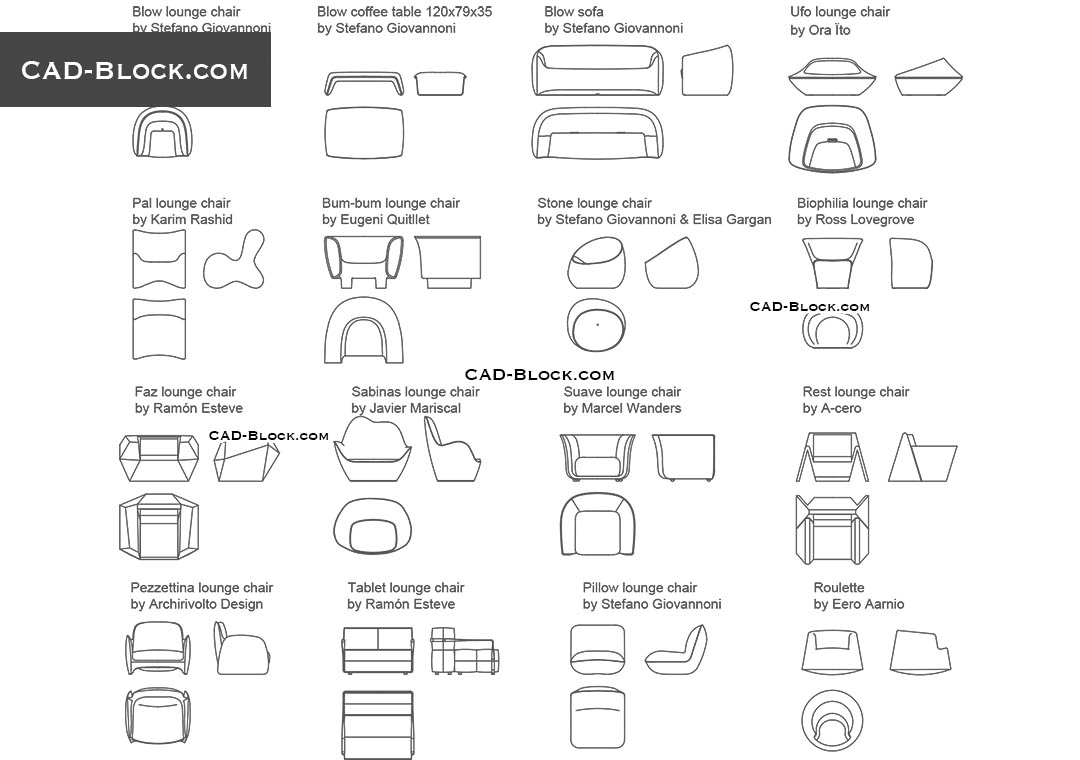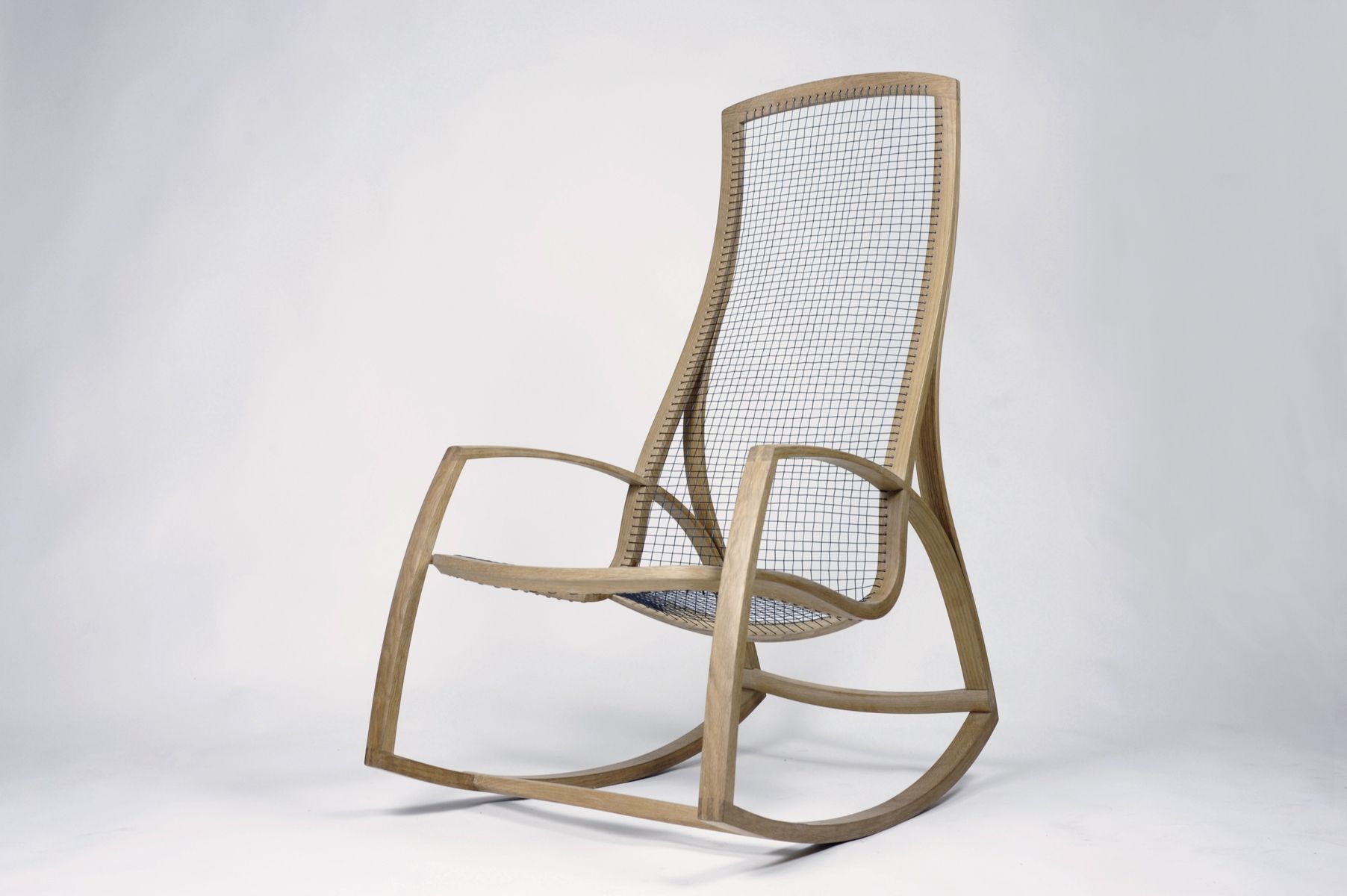History and Origins

The rope and block rocking chair, a unique and captivating piece of furniture, boasts a rich history spanning centuries. Its origins can be traced back to the ingenuity of early artisans who sought to create comfortable and functional seating options using readily available materials.
Early Designs and Materials
Early rope and block rocking chairs, primarily found in rural communities, were often crafted using simple materials like wood, rope, and leather. The chairs’ construction involved a sturdy wooden frame, typically made from locally sourced hardwoods, upon which ropes were carefully woven to create a flexible and supportive seating surface. These ropes, often made from hemp or flax, were durable and resistant to wear and tear, ensuring the chair’s longevity.
Cultural Significance
Rope and block rocking chairs have played a significant role in various cultures, reflecting the ingenuity and resourcefulness of communities. In regions where timber was abundant, these chairs became a staple in homes and workshops, providing a comfortable and practical seating option for everyday use.
Construction and Mechanics

The construction of a rope and block rocking chair is a testament to ingenuity and simplicity, utilizing readily available materials to create a comfortable and unique seating experience. This type of chair relies on the interplay of rope and blocks to achieve its signature rocking motion.
Rope and Block Mechanics
The rocking motion of a rope and block rocking chair is generated by the interplay between the rope and the blocks. The rope, typically made of strong natural fibers like hemp or sisal, is threaded through a series of wooden blocks. These blocks are strategically placed on the chair’s frame, creating a system of pulleys.
When the user leans back, the weight shifts, causing the rope to pull on the blocks. This action results in the chair’s frame tilting back, creating the rocking motion. The chair’s design ensures that the rocking motion is smooth and controlled, providing a gentle and enjoyable experience.
Building a Rope and Block Rocking Chair
The process of building a rope and block rocking chair requires careful planning and attention to detail. The following step-by-step guide Artikels the essential steps involved in constructing this unique piece of furniture:
Materials
- Wood: Sturdy hardwood like oak, maple, or walnut is ideal for the chair’s frame and blocks. The wood should be properly seasoned and free of defects.
- Rope: Strong natural fiber rope, such as hemp or sisal, is best for its durability and resistance to wear and tear. The rope should be thick enough to support the chair’s weight.
- Hardware: This includes screws, bolts, washers, and nuts for securing the blocks and frame components.
- Tools: Basic woodworking tools such as saws, chisels, drills, and sanders are necessary for shaping and assembling the chair.
Construction Steps
- Design and Planning: Begin by sketching out a design for the chair, including the dimensions of the frame and the placement of the blocks. Consider the desired rocking angle and the overall comfort of the chair.
- Cutting and Shaping: Cut the wood for the chair’s frame and blocks according to the design. Use saws, chisels, and sanders to shape the pieces to the desired specifications.
- Assembling the Frame: Join the frame components using screws, bolts, or glue. Ensure that the frame is sturdy and can support the weight of the user.
- Positioning the Blocks: Drill holes in the frame to accommodate the blocks. The placement of the blocks will determine the rocking motion and the overall stability of the chair.
- Threading the Rope: Thread the rope through the blocks, creating a system of pulleys. Ensure that the rope is taut and secure.
- Finishing: Sand the chair’s surface to a smooth finish. Apply a protective coating such as oil, wax, or varnish to enhance the wood’s appearance and durability.
Variations and Styles: Rope And Block Rocking Chair

The world of rope and block rocking chairs is surprisingly diverse, offering a range of styles that cater to different aesthetics and preferences. From the classic and simple to the intricate and modern, these chairs showcase the creativity and craftsmanship of their makers.
Types of Rope and Block Rocking Chairs
The variations in rope and block rocking chairs stem primarily from the configuration of the blocks and the choice of rope material. This section delves into the most common types, highlighting their unique features and characteristics.
- Classic Rope and Block Rocking Chair: This design features a simple, rectangular frame with two sets of blocks, one for each rocker. The blocks are typically made of hardwood, such as oak or maple, and are connected by strong rope. The chair’s back and seat are often made of woven cane or leather, offering a comfortable and traditional feel.
- Curved Block Rocking Chair: A variation on the classic design, this chair utilizes curved blocks instead of rectangular ones. This results in a smoother rocking motion and a more graceful silhouette. The curved blocks can be made of various materials, including wood, metal, or even stone.
- Double-Block Rocking Chair: This type of chair features two sets of blocks per rocker, doubling the number of blocks used in a classic design. This configuration provides a more robust rocking motion and a greater sense of stability. The double blocks can be arranged in various patterns, adding to the chair’s visual appeal.
- Adjustable Rocking Chair: Some rope and block rocking chairs offer adjustable features, allowing users to customize the rocking motion and chair’s overall comfort. These adjustments can involve changing the tension of the rope or the position of the blocks, enabling users to find their ideal rocking experience.
- Modern Rope and Block Rocking Chair: This category encompasses chairs that blend traditional rope and block construction with modern design elements. These chairs often feature sleek lines, unconventional block shapes, and contemporary materials, creating a unique and stylish statement piece.
Rope Materials and Their Characteristics
The choice of rope material significantly influences the rocking chair’s appearance, durability, and feel. Here’s a breakdown of common rope materials and their characteristics:
- Natural Fiber Rope: Made from materials like hemp, sisal, or cotton, natural fiber ropes offer a rustic aesthetic and are known for their strength and durability. However, they can be susceptible to moisture and require proper care to prevent rotting.
- Synthetic Rope: Ropes made from materials like nylon, polyester, or polypropylene offer high strength, water resistance, and UV resistance. They are generally more durable than natural fiber ropes and require less maintenance.
- Leather Rope: This unique material adds a touch of luxury and sophistication to the rocking chair. Leather rope is strong and durable, but it can be more expensive than other options.
The simple yet ingenious design of a rope and block rocking chair, with its smooth, rhythmic motion, evokes a sense of tranquility. This timeless design, often found in homes around the world, shares a lineage with the rocking chairs of New Zealand, where rocking chair new zealand has become a cherished part of the country’s cultural heritage.
Just as the rope and block rocking chair provides a gentle, soothing motion, New Zealand’s rocking chairs embody a spirit of relaxation and connection, inviting you to unwind and savor the moment.
The simple elegance of a rope and block rocking chair evokes a bygone era, a time when craftsmanship reigned supreme. But what if you could bring that same sense of comfort and relaxation into the digital age? Learn how to connect your rocker gaming chair to your console or PC with a comprehensive guide on how to hook up a rocker gaming chair , and elevate your gaming experience to new heights.
From the gentle sway of the rocking chair to the immersive world of gaming, you’ll discover a harmonious blend of classic comfort and modern entertainment.
